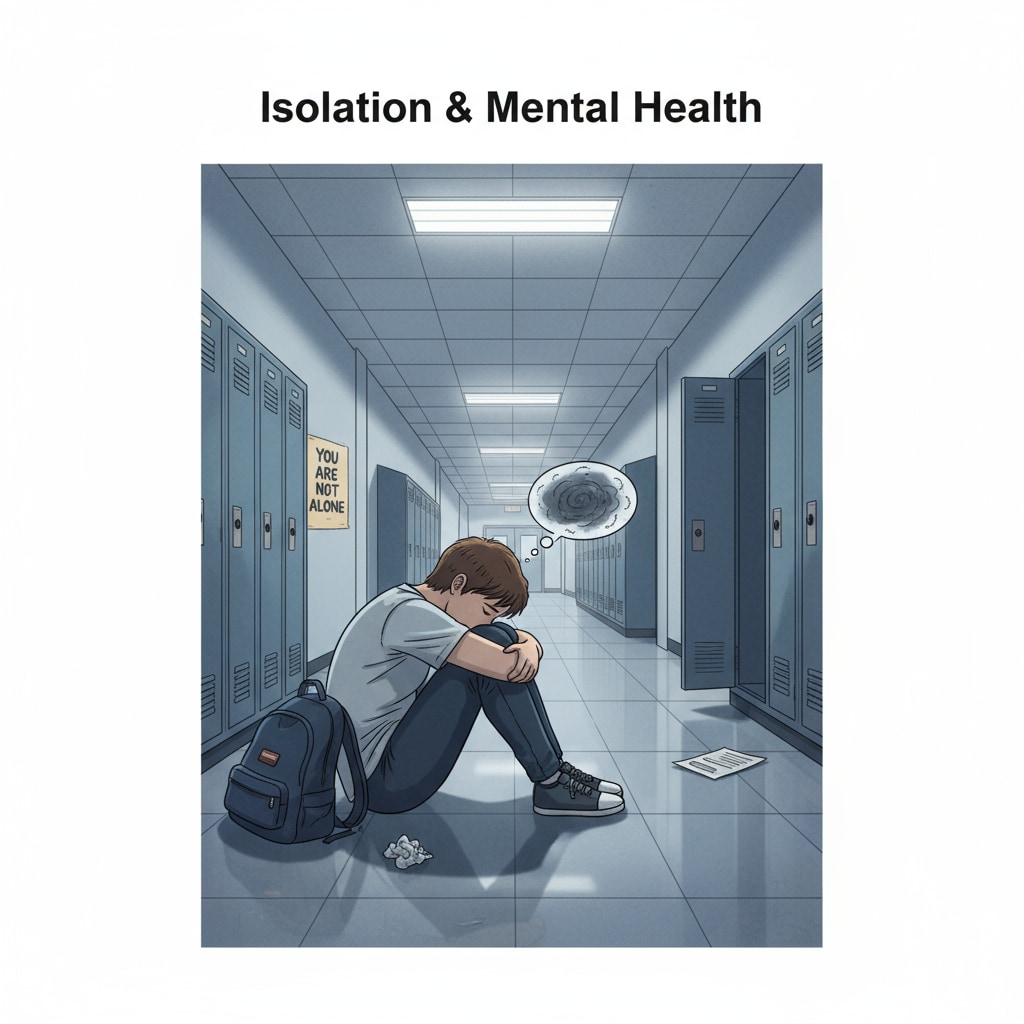Mental health, school withdrawal, and social pressure are intertwined issues that significantly impact K12 students. In today’s highly competitive educational landscape, students often face overwhelming stress, which can take a toll on their mental well-being. When a student decides to take a semester off due to mental health problems, they are met with a barrage of social stigmas and pressures.

The Prevalent Social Bias
There exists a widespread social bias against students who take a school withdrawal for mental health reasons. Society often views these students as weak or lacking in determination. For example, peers may misunderstand and gossip, and some adults may express disappointment. This bias stems from a lack of understanding of mental health issues. As Mental Health.gov states, mental health is as important as physical health, yet it is frequently overlooked.
The Inadequate Attention in the Education System
The current K12 education system places a heavy emphasis on academic achievements and often neglects students’ mental health. There are limited resources dedicated to mental health support in schools. Many schools lack sufficient counselors or mental health programs. According to The National Association of School Psychologists, this lack of support can lead to students struggling silently with their mental health issues.

To address these issues, schools, families, and society need to work together. Schools should enhance their mental health services, offering more comprehensive counseling and stress management programs. Families should provide a supportive and understanding environment at home. Society, on the other hand, needs to change its perception and reduce the stigma associated with mental health and school withdrawal.
Redefining educational success is also crucial. Success should not be solely measured by academic grades but also by a student’s overall well-being, including their mental health. By creating an environment that supports mental health, we can help students thrive both academically and personally.
Readability guidance: In this article, we’ve used short paragraphs to make the content more accessible. We’ve also included relevant external links to reliable sources for further information. Each H2 section has a clear focus, and we’ve used transition words like ‘for example’ and ‘however’ to make the flow more natural.


